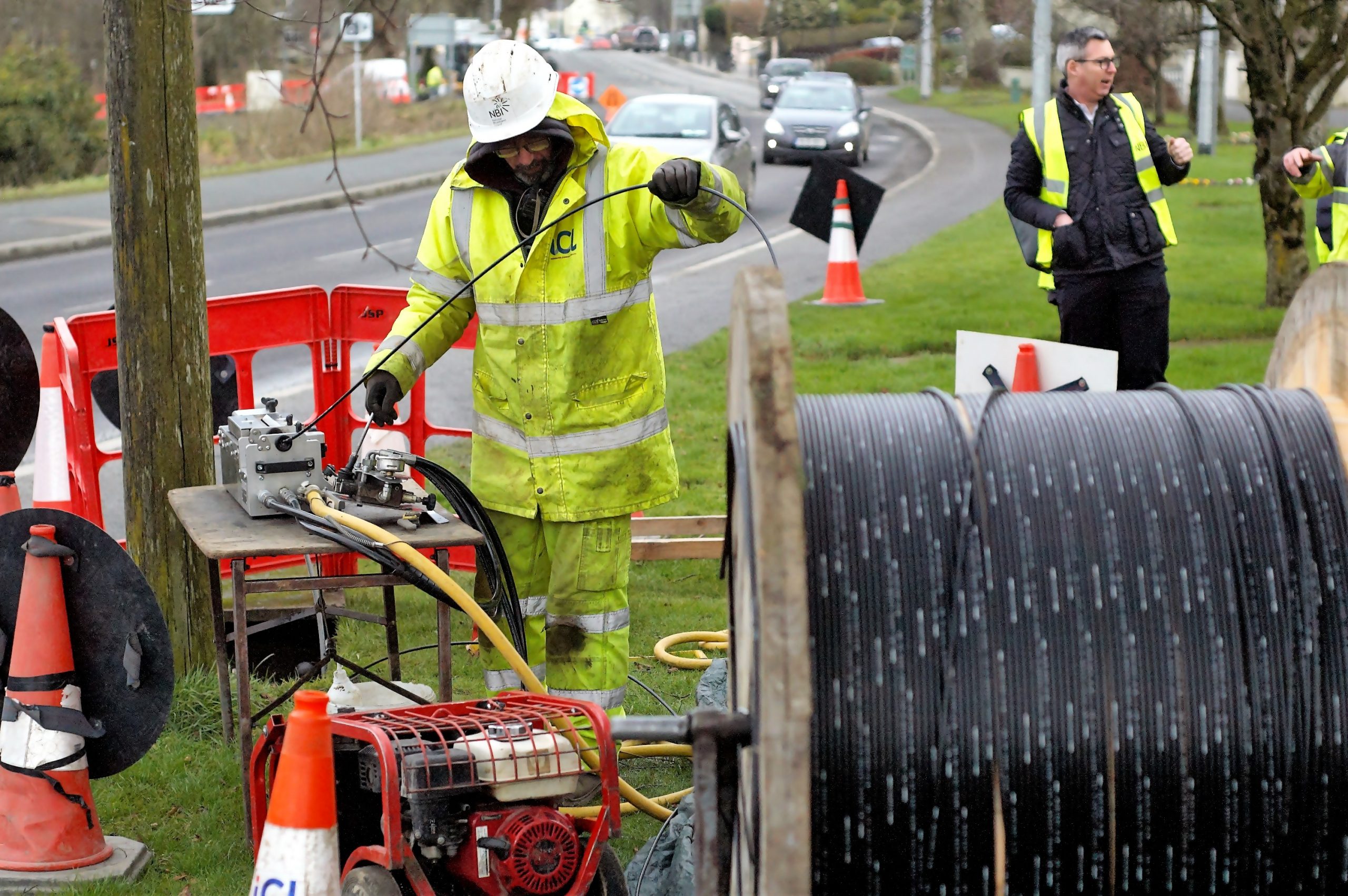Anyone on a drive around the Blessington area straddling counties Wicklow, Dublin and Kildare these days can expect to meet crews hanging miles of fibre optic cables from poles, “blowing” them into underground ducts with compressed air and plugging them into the boxes and cabinets that will soon bridge the gap between rural Ireland and the world of fast, reliable internet access. “When I see them around, I know we’re almost there,” says TJ Malone, chief executive of National Broadband Ireland Deployment. His side of the company is tasked with building out a high-speed broadband network capable of reaching every…
Cancel at any time. Are you already a member? Log in here.
Want to read the full story?
Unlock this article – and everything else on The Currency – with an annual membership and receive a free Samsonite Upscape suitcase, retailing at €235, delivered to your door.

